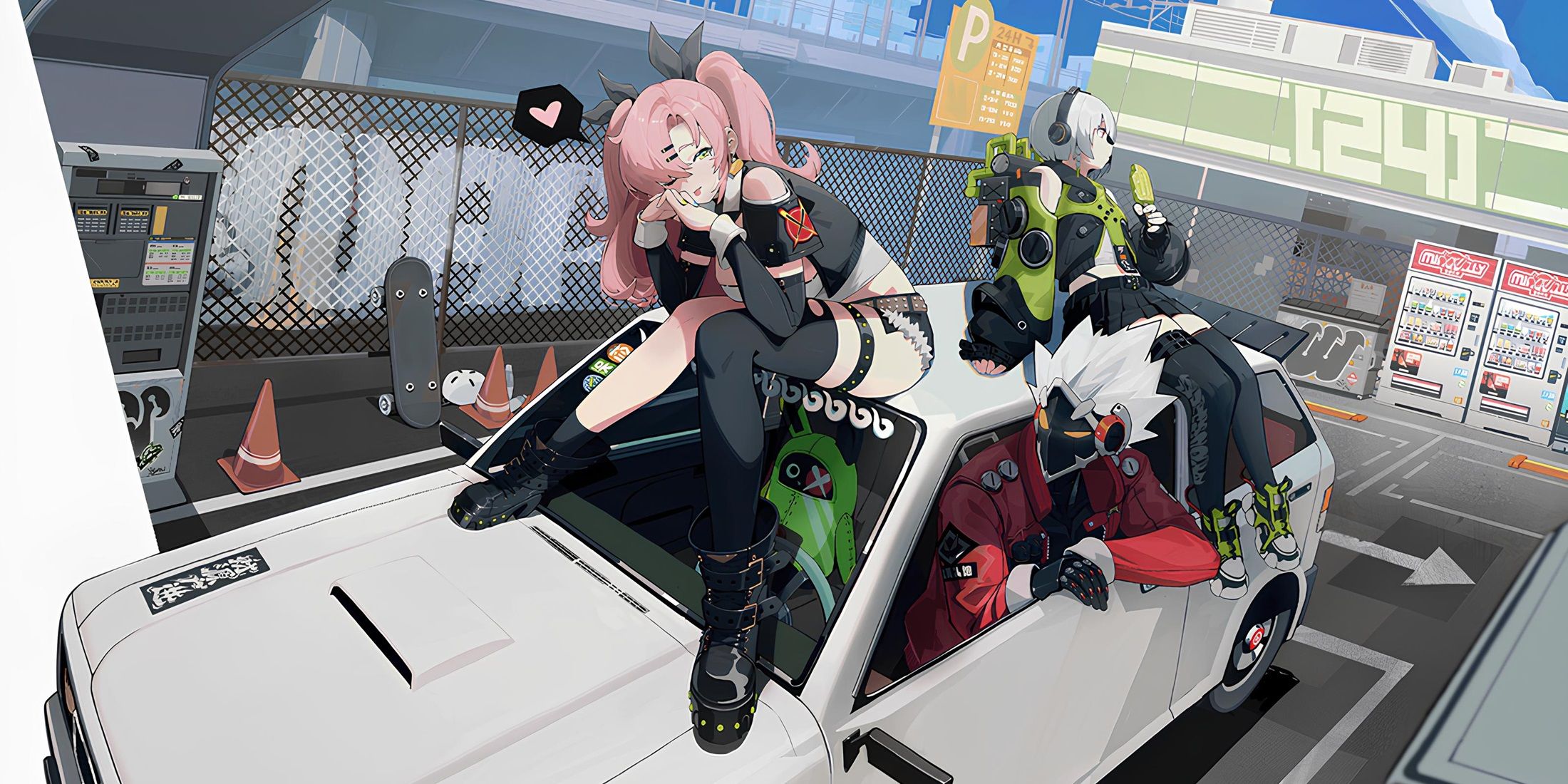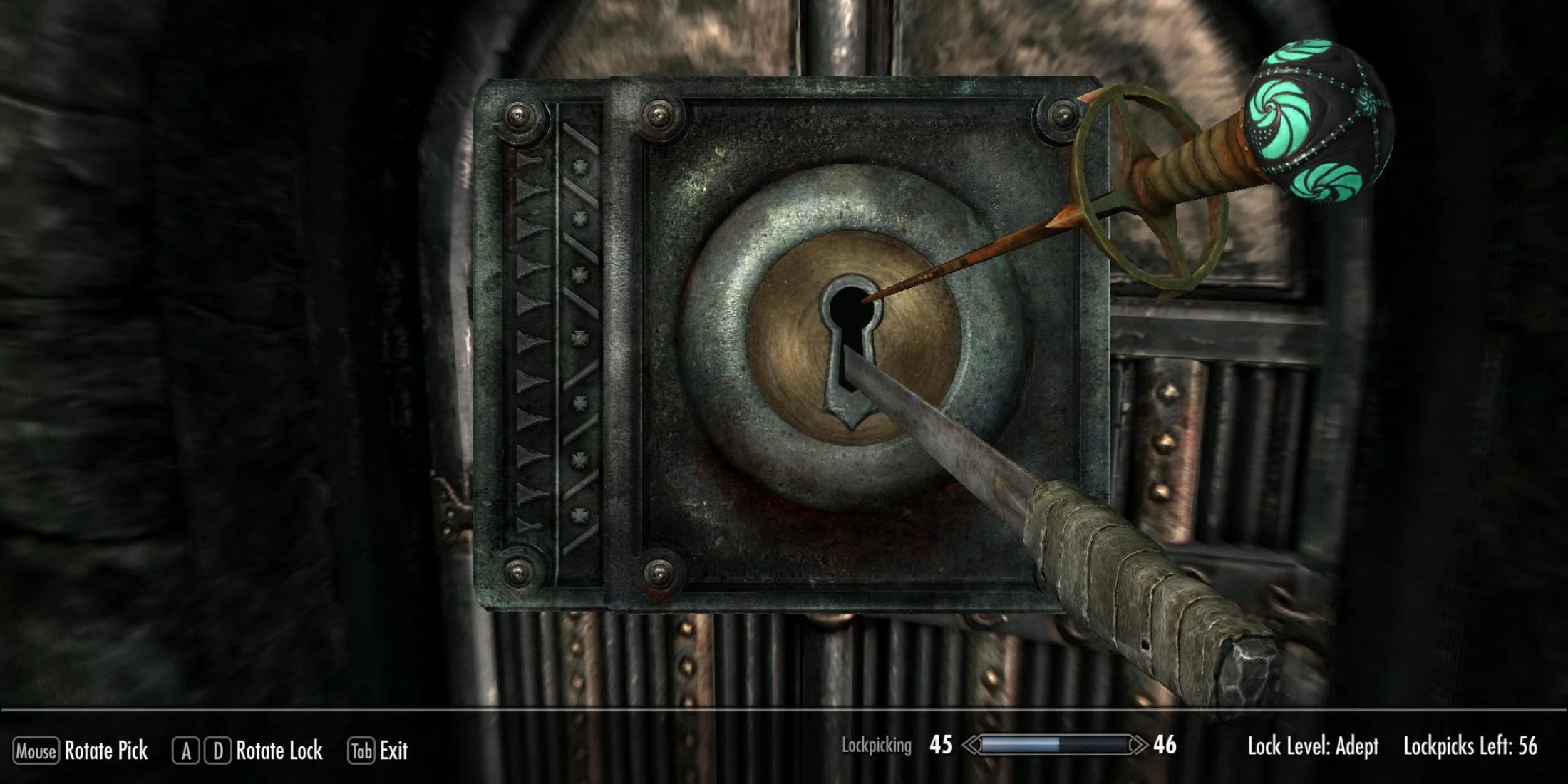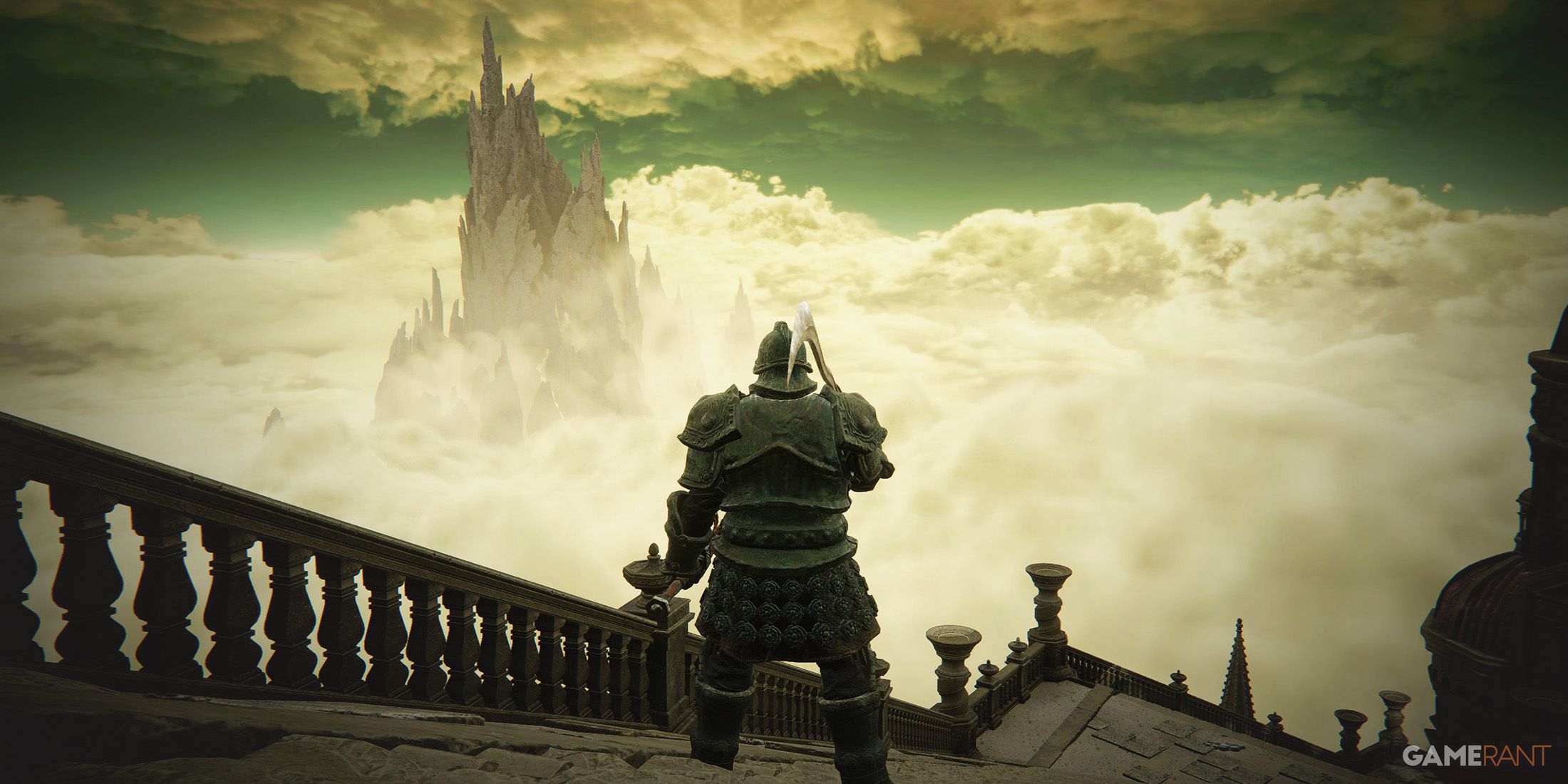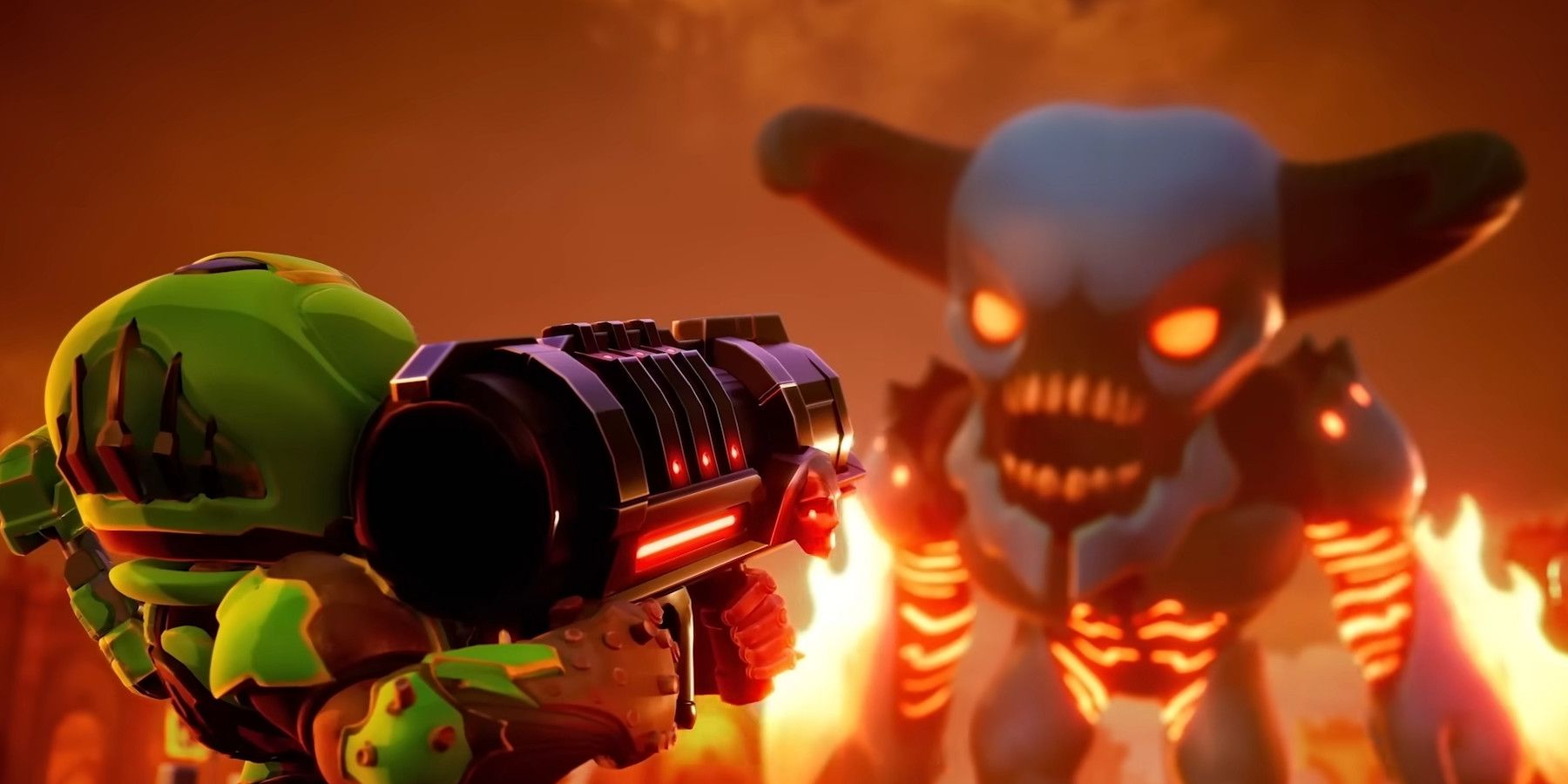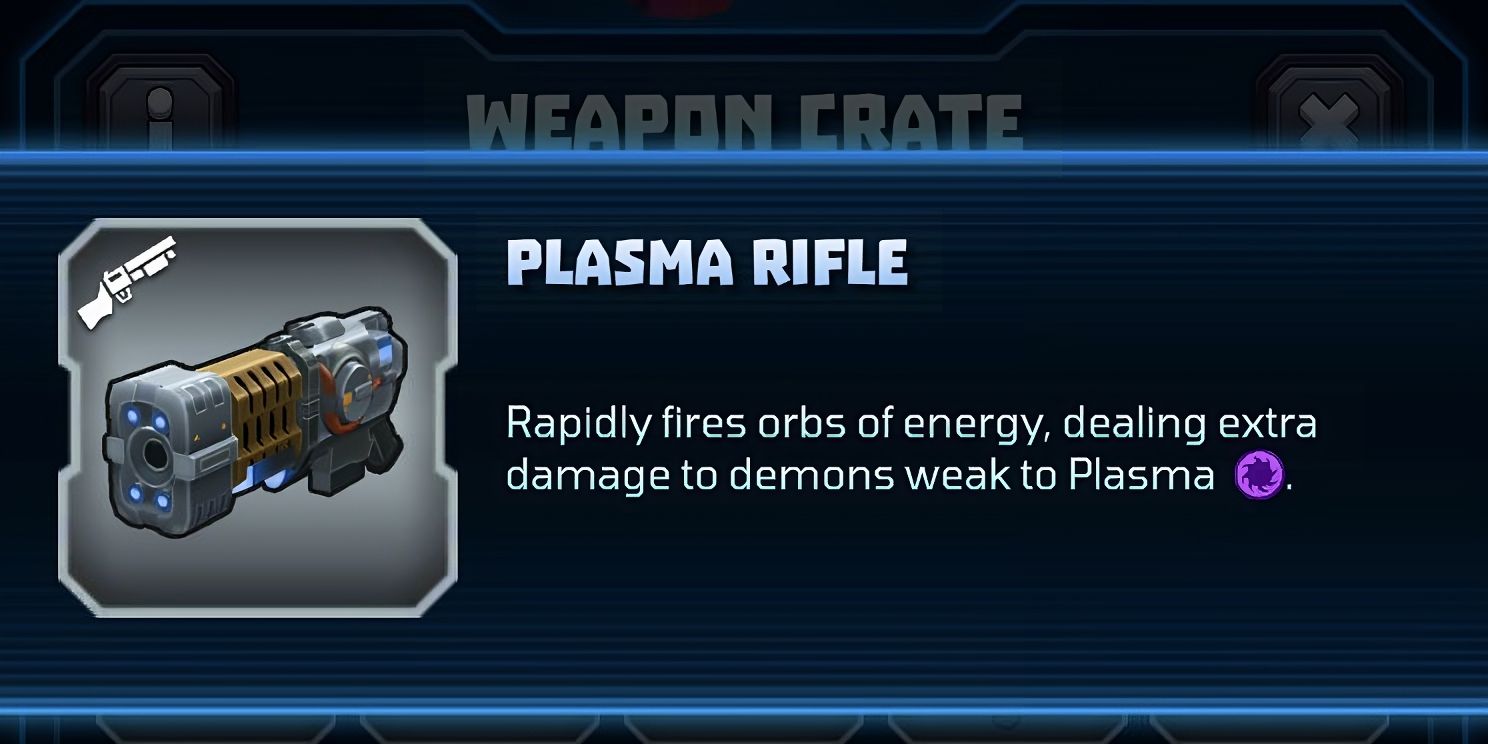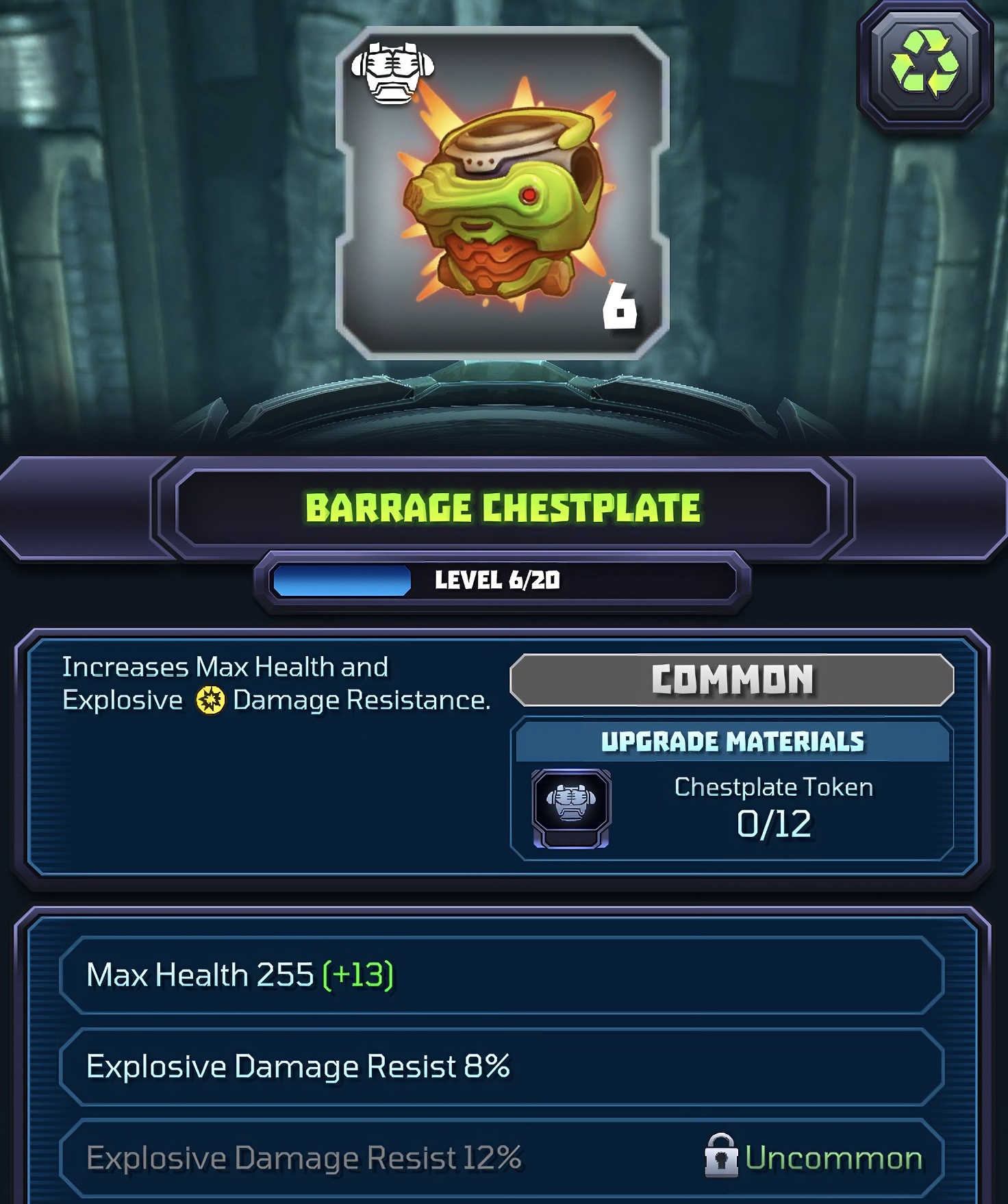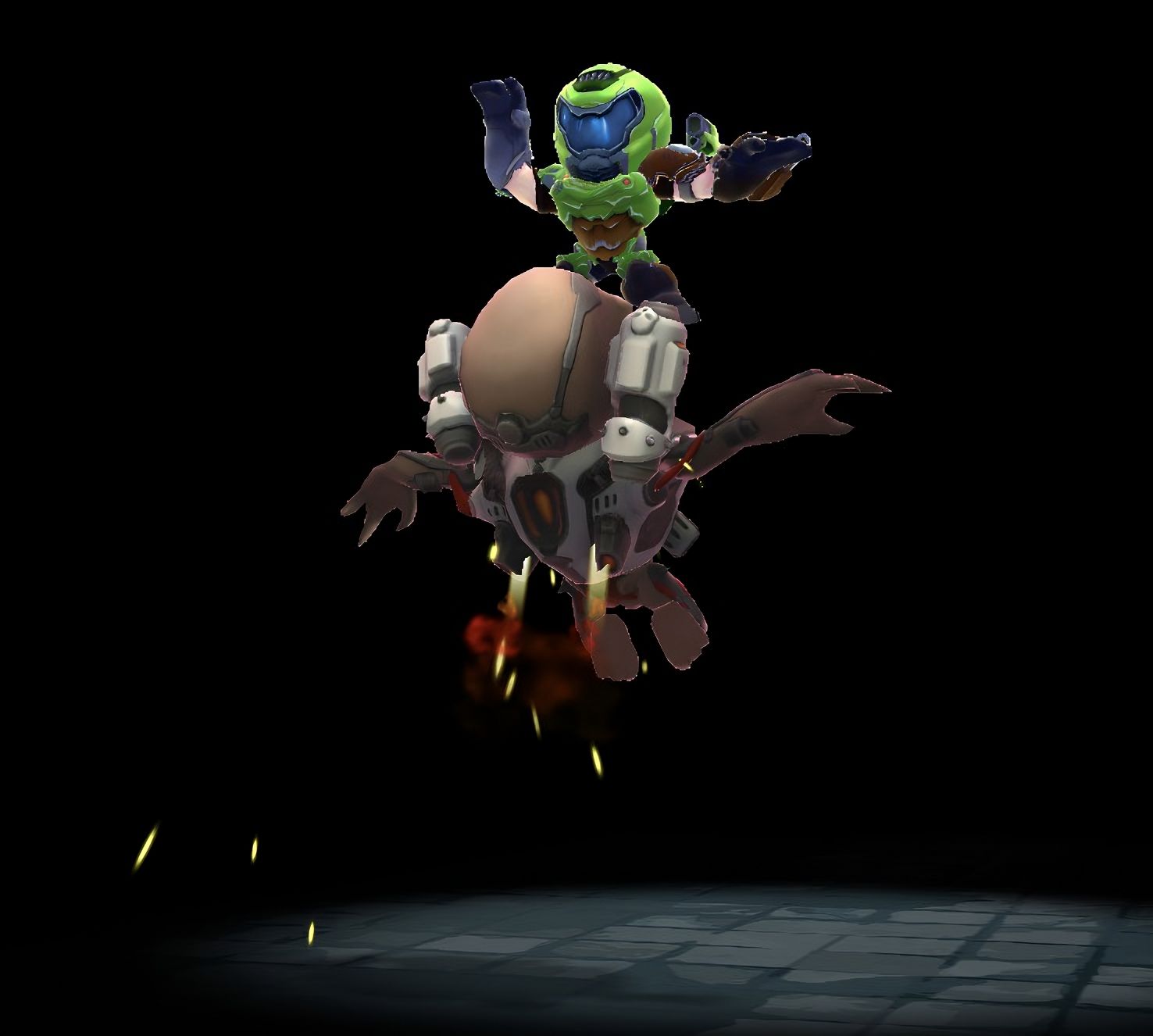Quick Links
Battling the legions of Hell in Mighty Doom requires just as much strategy as it does unyielding rage toward all of demonkind. By familiarizing themselves with the game's damage types, their sources, and the demons weak to them, players can guarantee themselves an edge over the innumerable hell-spawn and remind the beasts why they fear the Slayer.
Damage Types and Weaknesses Explained
Each enemy in Mighty Doom has a weakness to a single damage type, which multiplies all damage done to that enemy by roughly 5%, rounded down. This damage is further multiplied by critical hits, leading to potential blowout victories if the player comes across a boss weak to their damage type, especially if they've built around damage and critical hit upgrades.
By taking upgrades during a run, a weapon may deal multiple types of damage in a single attack. In this case, both damage types are checked against when determining if an enemy will take bonus damage. Enemies exclusively have weaknesses and do not resist any damage types more than others.
The damage types currently in Mighty Doom are:
- Ballistic: The most common damage type for primary weapons, including the default heavy assault cannon, as well as the combat shotgun and chaingun. No weapons grant ballistic damage on an ability upgrade, and there is no common status effect associated with ballistic weapons. Enemies weak to ballistics include Lost Souls and the Hell Razer.
- Explosive: A damage type most commonly seen on secondary and equipment weapons, including the rocket launcher and frag grenade, as well as through upgrades to the combat shotgun. The Explosive Glory Kill ability likewise deals explosive damage. Explosive damage typically inflicts splash damage around its epicenter, damaging nearby enemies. Enemies weak to explosives include the Blaster Soldier and Mecha Zombie.
- Fire: A damage type often gained as an ability upgrade, such as for the heavy assault cannon, but is also available natively for the Flame Belch equipment. Fire damage has a chance to ignite enemies, causing damage over time. Enemies weak to fire include the Ice Imp and Revenant.
- Ice: A comparatively rare damage type available on the ice bomb equipment, as well as through ability upgrades for the rocket launcher. Enemies damaged by ice may be temporarily slowed, making them less dangerous to approach. Enemies weak to ice include the Imp and Mancubus.
- Plasma: A damage type distributed roughly evenly across weapon slots, on weapons including the plasma rifle and ballista. Plasma damage may inflict the malfunction debuff, causing enemies to deal less damage. Enemies weak to plasma include the basic Zombie and its reskins.
- Toxic: A damage type available for the Acid Spit equipment launcher, as well as by upgrading the gauss cannon. Toxic damage may apply the corrosion debuff, increasing damage taken by demons under its effects. Enemies weak to toxic include the Pinkie and Cacodemon.
- Rending: The rarest damage type in the game, exclusive to the chainsaw's ultimate attack. Rending inflicts no status effect, and no regular enemies are known to be weak to rending.
In addition to the rank-and-file enemies' weaknesses, boss variants of enemies and their minions may have their own unique weaknesses. The boss variant of the Zombie, for instance, spawns toxin-spreading zombies that are weak to explosive damage. Players are encouraged to keep their equipment upgraded, even for uncommon damage types, in case these variant bosses become roadblocks later.
Enemy Attack Damage Types
While Mighty Doom makes it clear that the player's attacks have elemental properties, a less obvious mechanic is that enemy attacks likewise have damage types. In addition to the types listed above, enemy attacks may also be typed as "melee" and "projectile," which are not mutually exclusive with other damage types.
Unlike weapons, which explicitly list their damage types on the inventory and upgrade screens, demons' damage types are not spelled out anywhere in-game. That said, most attacks' damage types should be self-evident, such as Imps' fireballs dealing fire damage compared to Ice Imps' snowballs dealing ice damage. When in doubt, remember that each damage type is always listed with a color-coded symbol, and so enemy attacks of that color should be assumed to deal that type of damage, i.e., the purple psionic waves fired by Prowlers deal plasma damage, as plasma's symbol is purple.
Under most circumstances, the damage type of an incoming attack is irrelevant, as the player does not have any damage resistances by default. A number of circumstances can change that, including:
- Certain equipment grants resistance to a specific damage type, such as the Barrage Chestplate for explosive damage.
- Seraphim deals offered after boss battles may raise or lower damage resistance in exchange for raising or lowering another stat.
- Event missions may give demons bonus damage to certain damage types listed under the modifiers tab on mission selection.
Players should remember that while demons' weaknesses to damage can only help the player, the player's damage resistance becomes a liability if it has been reduced below its baseline. Players should make an active effort to avoid enemies whose attacks target a weakened resistance, even if it means taking risks around other demons to do so.
Memorizing Enemies' Weaknesses
Neither the OG Doom nor the rebooted series ever relied much on damage types and weaknesses, the Cyberdemon and Spider Mastermind's immunity to blast damage notwithstanding. That being said, many enemies' weaknesses in Mighty Doom reflect real strategies often suggested as the optimal way to take down those demons in the mainline games:
- Lost Souls are weak to ballistics, reflecting their 100% chance to flinch on hit in the OG Doom games, making it possible to stunlock them with rapid-fire weapons.
- Hell Razers are likewise weak to ballistics, reflecting how they prefer to stay far away from the Doom Slayer in the reboot games, leaving hitscan weapons the best way to deal with them.
- Whiplashes are fast, evasive demons that resist being tracked, making explosives the ideal way to deal with them.
In addition, many of the weaknesses in Mighty Doom make a level of intuitive sense. Much like when memorizing the elemental weaknesses of the Pokemon series, players may rely on mnemonics devices to remember the various demons' weaknesses, such as:
- Ice Imps are weak to fire because fire melts ice, and regular Imps are weak to ice because the elements are reversed.
- Barons of Hell are weak to ice because it extinguishes their fire and because their OG Doom counterparts were just beefier Imps.
- Revenants are weak to fire because their jetpacks use gasoline, which is flammable.
- Pinkies are weak to toxic because their backs show their exposed flesh, which can be burned with acid.
Ultimately, what helps the player remember weaknesses best varies from person to person, so players should feel free to brainstorm their own ways of mentally connecting each demon to their respective weaknesses.
Mighty Doom is available now on iOS and Android devices.

